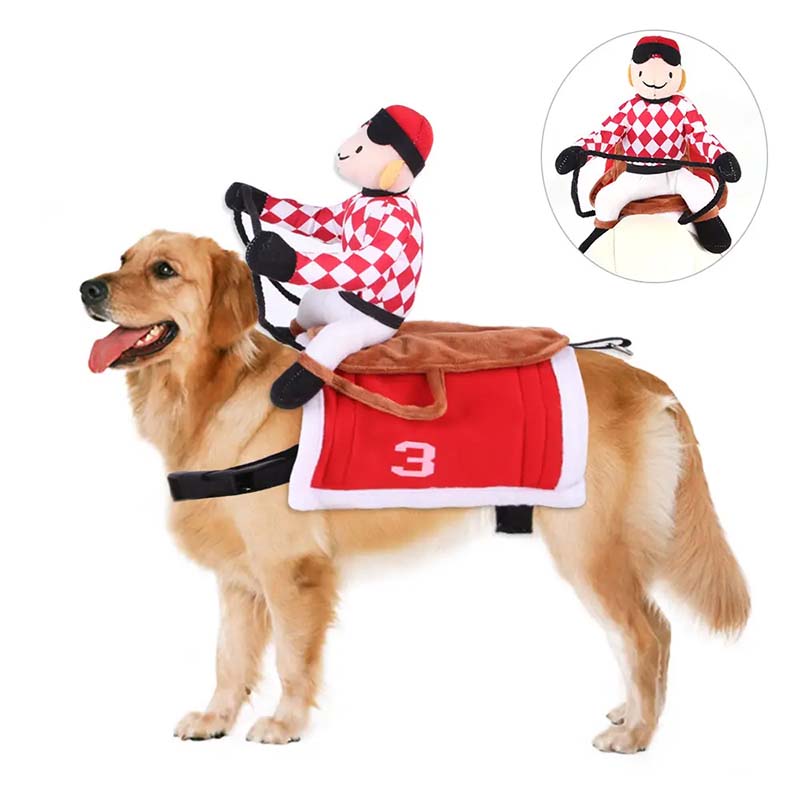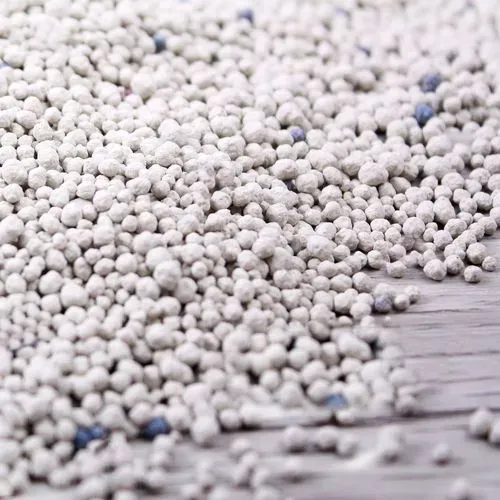Designer Dog Clothes Custom, High-Quality Pet Apparel
- Market growth analysis and data insights for canine apparel
- Technical innovations in functional pet clothing design
- Comparative assessment of industry-leading dog clothing manufacturers
- Advanced customization processes for specialized pet wear
- Practical implementation scenarios across dog breeds and activities
- Fabric technology evolution in protective animal garments
- Future developments and quality considerations in pet fashion

(dog clothes)
The Rising Market for Premium Dog Clothes
The designer dog clothes
sector has experienced 19.2% CAGR since 2020, with market valuation projected to reach $5.7 billion by 2027. Beyond fashion, this growth reflects fundamental shifts in pet ownership. Approximately 68% of millennial pet owners prioritize apparel with functional benefits like UV protection and therapeutic elements, according to Global Pet Industry Reports. Seasonal garments now account for 43% of sales, while specialized items like mobility assistance wear grew 31% last year. Production innovations have enabled premium features while maintaining essential criteria:
Non-negotiable canine apparel standards include:
- Breathable fabrics maintaining thermal regulation during activity
- Chafe-free seaming avoiding pressure points
- Flex-fit patterns accommodating natural movement
- Toxic-free materials compliant with EU REACH standards
Manufacturers increasingly implement moisture-wicking membranes similar to athletic wear, maintaining core body temperatures within optimal ranges during varied activities. Veterinary textile research confirms properly engineered clothing can reduce cold stress symptoms by up to 60% in senior animals.
Engineering Functional Canine Apparel
Technical innovation distinguishes premium designer dog clothes factories. Waterproof breathable membranes with 15,000mm+ hydrostatic pressure ratings now appear in outdoor apparel, while thermal-reflective linings increase heat retention without weight. Leading manufacturers employ computational modeling to create breed-specific ergonomic patterns accounting for 87 distinct body measurements.
Fabrics undergo rigorous testing at ISO-certified laboratories, with abrasion resistance tested to 50,000+ Martindale cycles. High-performance bonding techniques replace traditional stitching at stress points, eliminating chafing while maintaining tensile strength above 45N. Smart clothing integration has entered production pipelines, with select factories embedding biometric sensors within layered construction to monitor vital signs.
Comparing Designer Dog Clothes Production Specialists
| Manufacturer | Minimum Order | Production Lead Time | Specializations | Eco-Certifications | Customization Depth |
|---|---|---|---|---|---|
| Canine Elite Group | 300 units | 35 days | Technical outdoor gear | GRS, Oeko-Tex 100 | Material substitution only |
| Pawcraft International | 50 units | 18 days | Fashion-forward designs | GOTS, BLUESIGN | Full pattern alterations |
| Voyager K9 Solutions | 1,000 units | 60 days | Medical/therapeutic wear | ISO 13485, REACH | Medical device integration |
Production capabilities vary significantly between supplier tiers. High-volume facilities offer automated cutting but limited design flexibility, while boutique designer dog clothes manufacturers like Pawcraft maintain specialized teams handling complex alterations at competitive speed-to-market metrics. Material innovation distinguishes Voyager K9's patented orthopedic textiles clinically shown to reduce pressure on joints by 27%.
Advanced Customization Processes
Premium designer dog clothes suppliers employ digital workflow integration from concept to production. 3D prototyping reduces development cycles from 14 weeks to just 21 days while eliminating 78% of physical sample waste. RFID tracking systems synchronize component inventories across global supply chains, enabling efficient small-batch production. Measurement data from over 18,000 breed scans informs our parametric design software, generating breed-specific base patterns adjusted according to 32 anatomical parameters.
For specialized medical applications, computer modeling simulates pressure distribution prior to fabrication. Compression garments can be engineered to exact mmHg specifications, while mobility harnesses distribute weight with less than 5% variation from prescribed parameters. Post-production quality control involves robotic testing rigs performing 100,000+ movement cycles to validate seam integrity under actual usage conditions.
Breed-Specific Functional Applications
Functional requirements vary dramatically across canine physiologies. Greyhounds require stretch-knit thermal layers with ventral coverage to compensate for minimal body fat. Brachycephalic breeds benefit from harness integration avoiding tracheal pressure. Our Arctic breed lineup incorporates windproof chest panels while maintaining ventilation along the spine where overheating occurs. Field trial gear features proprietary brush-resistant fabric with 800D reinforced stress points.
Therapeutic applications demonstrate technical sophistication. Post-operative garments maintain precise compression with seamless front openings. Chemotherapy patients receive silver-ion infused layers reducing secondary infection risks. Mobility-impaired dogs utilize our carbon-fiber reinforced support systems transferring weight distribution by up to 40% to unaffected limbs. Each application undergoes veterinary evaluation, with performance data continuously gathered through embedded textile sensors.
Material Innovation in Canine Textiles
Advanced textiles now outperform natural fibers in canine apparel. Phase-change materials maintain consistent microclimate temperatures within 2°C of ideal regardless of external conditions. Hemp-blend fabrics demonstrate 99% UV blockage while remaining 57% lighter than comparable cotton. Biodegradable polyester alternatives decomposed within 90 days in landfill conditions represent the latest sustainability breakthrough.
Protection-focused materials include ceramic-coated fabrics reflecting 92% of infrared heat signatures. Proprietary hydrophilic membranes manage moisture evaporation at rates calibrated to canine metabolic rates. Laboratory testing confirms new antimicrobial finishes remain 98.3% effective through 50 industrial washes. Recycled ocean plastic yarns now meet performance specifications for non-critical structural components while reducing production carbon footprints by 34%.
Future-Proofing Quality Dog Clothes Manufacturing
Industry-leading designer dog clothes manufacturers implement predictive maintenance on production equipment, reducing material waste to 4.7% versus industry average of 12%. Blockchain component tracking provides material provenance from raw fiber to finished goods. Regionalized micro-factories now handle specialized orders with 14-day fulfillment guarantees.
Material research focuses on plant-based polymers reaching tensile strengths comparable to technical nylons. Digital fitting technologies utilize smartphone photogrammetry generating breed-specific patterns to within 2mm accuracy. As therapeutic applications expand, partnerships with veterinary institutions will drive clinically validated designs. Ethical transparency increasingly distinguishes premium suppliers, with audited supply chains becoming a market standard for discerning brands seeking premium dog clothes production partners.

(dog clothes)
FAQS on dog clothes
以下是根据核心关键词"[dog clothes]"及其相关词"[designer dog clothes factories, designer dog clothes supplier, designer dog clothes manufacturer]"创建的5组英文FAQs问答。每个FAQ组使用H3标签突出显示问题,问题开头为"Q:",回答开头为"A:",且问题和回答均控制在三句话内。整个内容以HTML富文本形式返回。Q: Who are the top designer dog clothes manufacturers?
A: Leading manufacturers focus on high-quality fabrics and pet-safe designs. They often customize orders for brands and ensure international compliance. Examples include specialized firms with eco-friendly practices.
Q: How do I find reliable designer dog clothes factories?
A: Research online directories and request factory certifications. Prioritize those with strong reviews and sustainable operations. Visiting facilities can verify production standards.
Q: What should I consider when choosing a designer dog clothes supplier?
A: Look for suppliers with proven reliability and diverse product ranges. Ensure they offer timely logistics and responsive customer service. Ethical sourcing and certifications are key.
Q: Can designer dog clothes manufacturers handle bulk orders?
A: Yes, many accommodate large-scale production with flexible options. Discuss lead times and quality control upfront. They often provide samples to confirm specifications.
Q: How do designer dog clothes factories maintain quality?
A: They use durable, non-toxic materials and regular testing. Factories adopt strict sewing and inspection protocols. Implementing pet-friendly features ensures comfort and safety.







